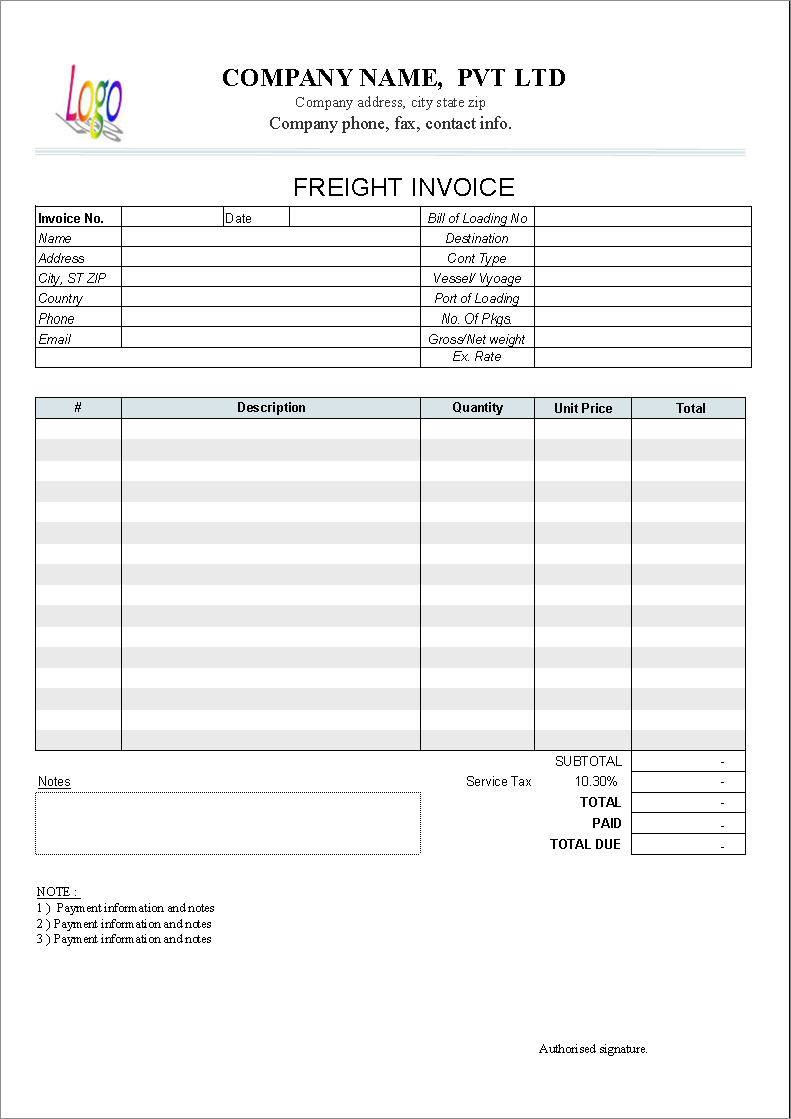
Whether you are a business owner, a logistics manager, or a shipping agent, understanding freight invoices is crucial for efficient shipping operations. A freight invoice is a document that outlines the charges for transporting goods from one location to another. It serves as a record of the services provided by the carrier and the cost associated with the shipment.
In this article, we will delve deeper into the world of freight invoices, exploring their purpose, components, and best practices for managing them effectively.
What is a Freight Invoice?
A freight invoice is a commercial document that provides detailed information about a shipment and its associated charges. It serves as a billing statement from the carrier to the shipper or consignee, outlining the costs incurred during the transportation process. Freight invoices are essential for accounting purposes, as they help businesses track expenses and ensure accurate payment for shipping services.
A typical freight invoice includes the following information:
- Shipper and consignee details
- Date of shipment
- Description of goods
- Weight and dimensions of the shipment
- Origin and destination addresses
- Transportation charges
- Additional surcharges or fees
- Payment terms and due date
The specific format and layout of a freight invoice may vary depending on the carrier and industry standards. However, the essential components mentioned above are typically included to ensure clarity and accuracy in the billing process.
Why are Freight Invoices Important?
Efficient management of freight invoices is crucial for several reasons:
- Accurate Cost Allocation: Freight invoices provide a breakdown of the charges associated with a shipment, enabling businesses to allocate costs accurately and analyze their shipping expenses.
- Financial Control and Planning: By tracking and analyzing freight invoices, businesses can gain insights into their shipping costs, identify cost-saving opportunities, and make informed decisions for future shipments.
- Audit and Compliance: Freight invoices serve as supporting documents during audits, ensuring compliance with regulatory requirements and providing proof of payment for shipping services.
- Dispute Resolution: In cases of billing discrepancies or disputes, freight invoices can serve as evidence to resolve conflicts between the shipper and the carrier.
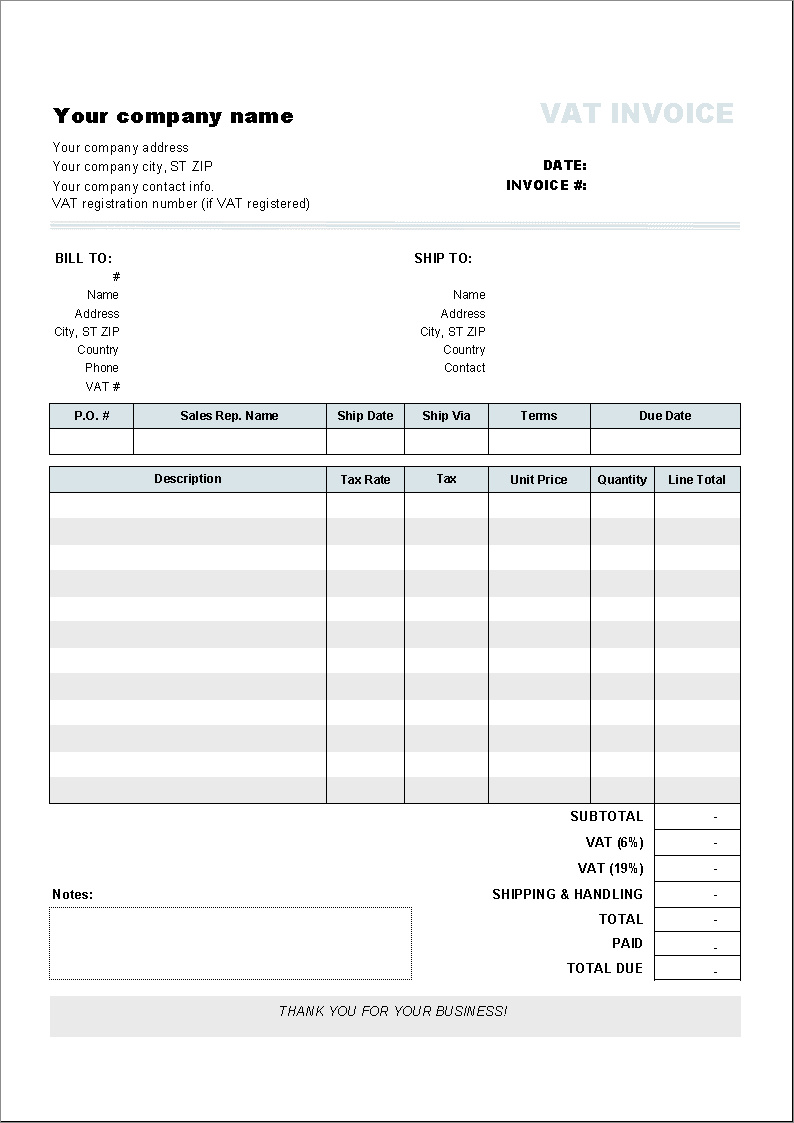
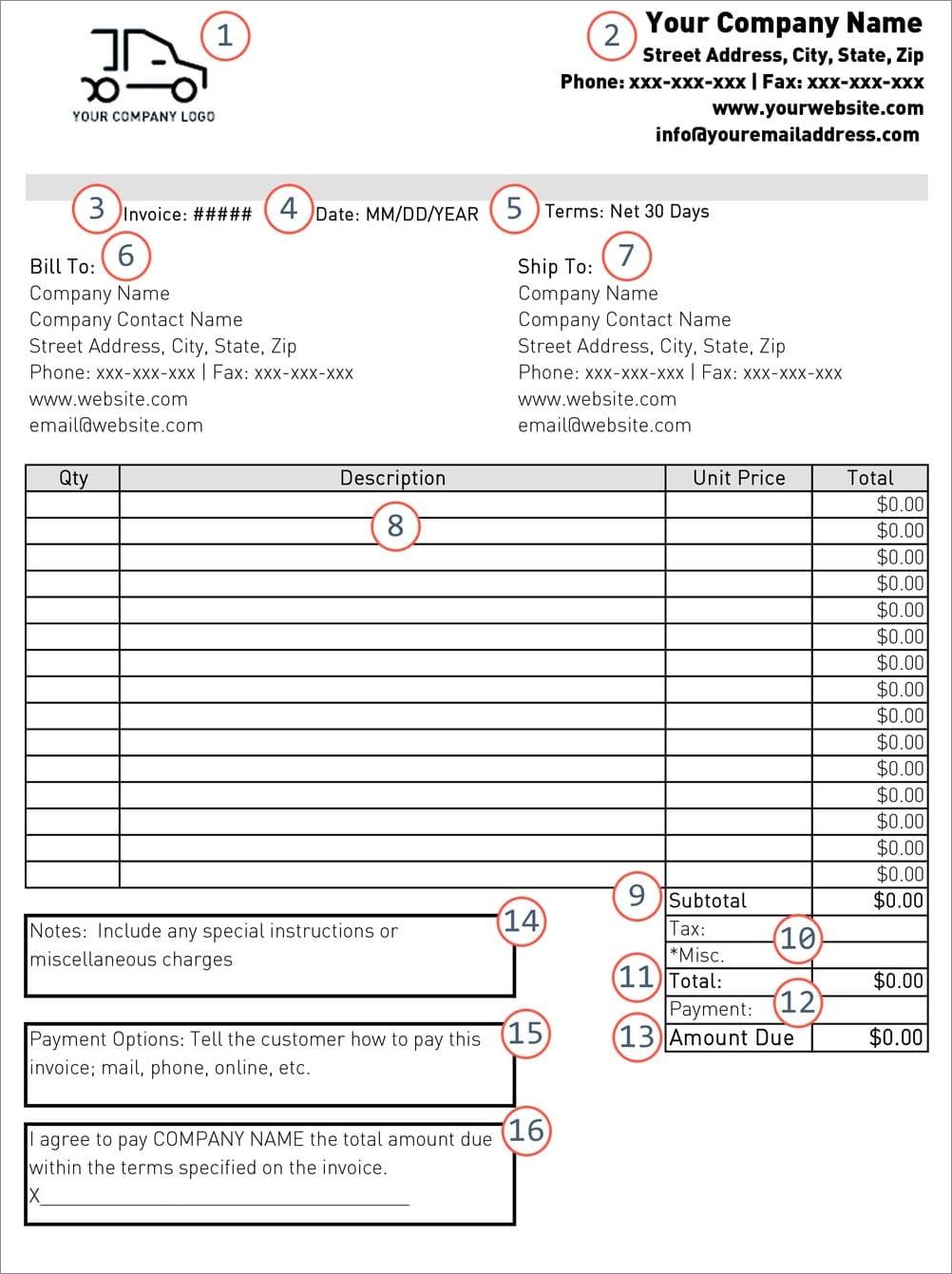
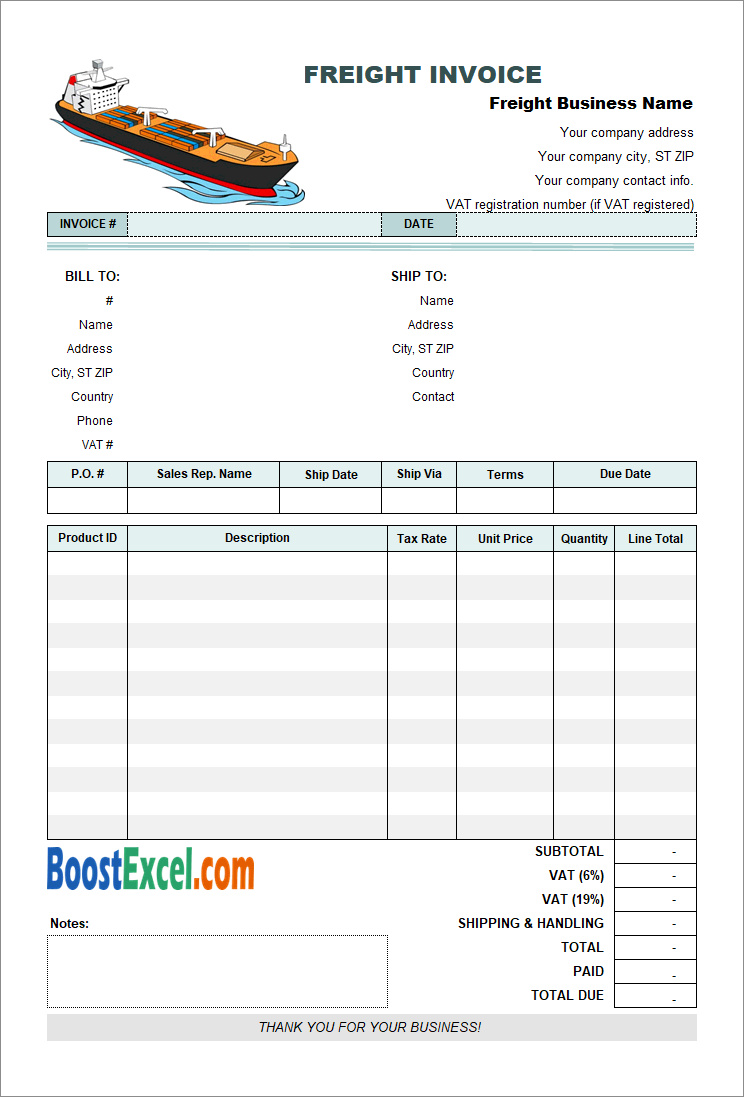
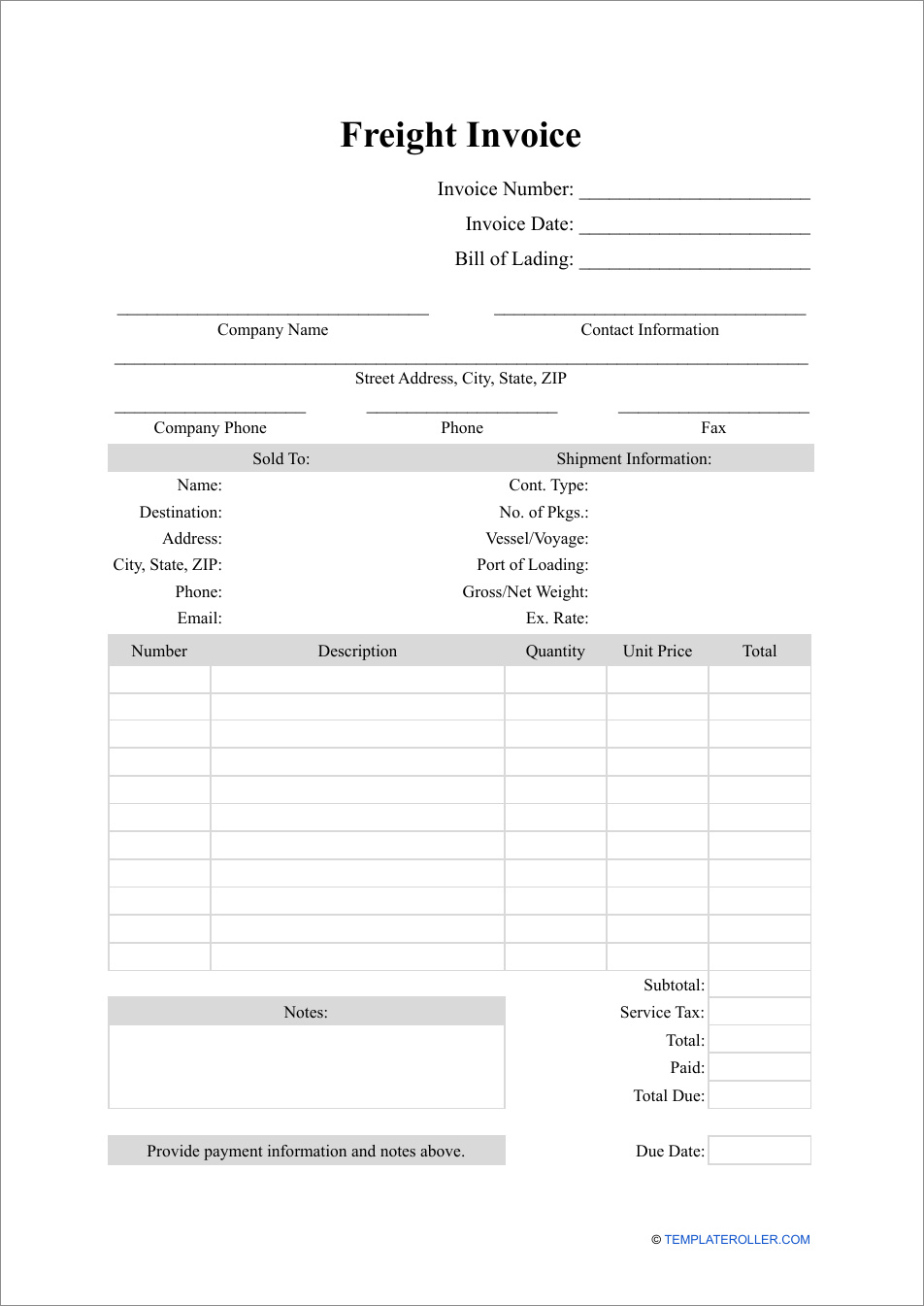
How to Manage Freight Invoices Effectively
Managing freight invoices efficiently can help streamline shipping operations and improve overall logistics management. Here are some best practices to consider:
1. Implement a Centralized Invoice Management System
Centralizing the invoice management process can simplify the tracking and processing of freight invoices. Consider using dedicated software or cloud-based solutions that allow for easy invoice submission, approval, and payment.
2. Verify Invoice Accuracy
Before making any payments, carefully review each freight invoice for accuracy. Check if the charges align with the agreed-upon rates, and ensure that the shipment details match the actual delivery. This step helps prevent overbilling or incorrect charges.
3. Keep a Digital Record of Invoices
Maintain a digital record of all freight invoices for easy accessibility and future reference. Digital storage eliminates the risk of losing or misplacing physical documents and enables quick search and retrieval when needed.
4. Regularly Reconcile Invoices with Contracts
Periodically reconcile the freight invoices with the contractual agreements between your business and the carrier. This ensures that the charges align with the agreed-upon rates and terms, minimizing discrepancies and potential billing errors.
5. Establish Clear Communication Channels
Establish clear lines of communication with the carrier to address any invoice-related issues promptly. Timely communication can help resolve disputes and discrepancies efficiently, ensuring smooth payment processes.
6. Leverage Technology for Automation
Consider using automation tools and technologies to streamline the freight invoice management process. Automation can help reduce manual errors, improve efficiency, and save time and resources.
7. Regularly Analyze Invoice Data
Analyze invoice data regularly to gain insights into your shipping costs and identify areas for improvement. Look for trends, anomalies, or areas of excessive spending that can be optimized to enhance cost efficiency.
Conclusion
Freight invoices play a crucial role in the shipping industry, providing a detailed breakdown of charges and facilitating efficient payment processes. By understanding and managing freight invoices effectively, businesses can optimize their shipping operations, control costs, and ensure compliance with regulatory requirements. Implementing best practices such as centralized invoice management, verification of invoice accuracy, and regular analysis of invoice data can contribute to improved logistics management and enhanced financial control.
Freight Invoice Template Word – Download